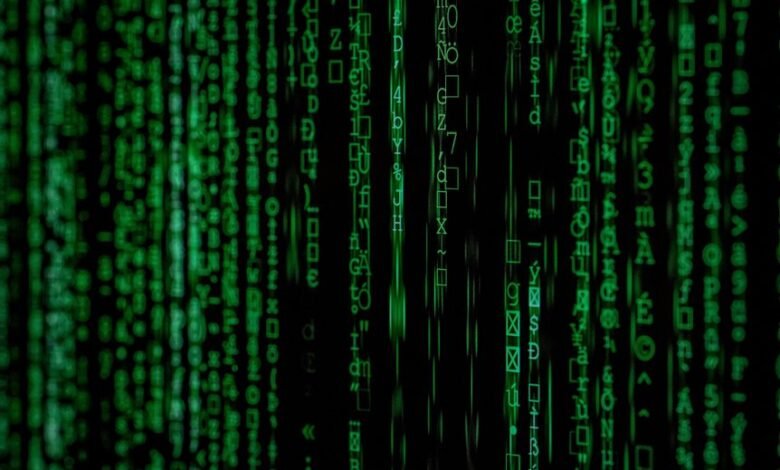Lщььук: Decoding a Digital Code

Lщььук represents a sophisticated encoding system that integrates various linguistic and computational elements. Its development reflects significant cultural and technological influences. This digital code serves as a mechanism for secure communication, particularly in contexts where privacy is paramount. The exploration of its implications reveals critical insights into cybersecurity practices. As such, understanding Lщььук prompts further inquiry into its applications and the ethical dimensions surrounding digital interactions.
The Origins of Lщььук: A Closer Look at Its Composition
Lщььук represents a complex digital code with origins rooted in multiple linguistic and computational frameworks.
Its historical context reveals a synthesis of various languages, influenced by cultural exchanges and technological advancements.
A linguistic analysis highlights the intricacies of its structure, showcasing how phonetic elements and grammatical rules converge to create a unique encoding system.
Such depth underscores the significance of freedom in communication and expression.
Applications of Cryptic Codes in Modern Communication
In contemporary communication, various cryptic codes serve essential functions across multiple domains, including cybersecurity, data compression, and artistic expression.
Encrypted messaging ensures privacy and security in digital interactions, while code breaking techniques are vital for analyzing vulnerabilities.
These applications enhance the integrity of information dissemination, enabling users to communicate freely without fear of interception or manipulation, thereby fostering a more secure digital environment.
Implications for Cybersecurity and Data Privacy
The increasing reliance on cryptic codes in digital communication directly influences the landscape of cybersecurity and data privacy.
Enhanced data encryption techniques bolster protection against unauthorized access, yet they also raise privacy concerns.
As individuals seek autonomy in their digital interactions, balancing robust encryption with transparent data practices becomes imperative, ensuring that security measures do not inadvertently compromise personal freedoms or facilitate surveillance.
Conclusion
In a world where digital connections intertwine, the emergence of Lщььук serves as a poignant reminder of the delicate balance between communication freedom and ethical responsibility. As individuals navigate this intricate code, they inadvertently participate in a broader narrative of security and expression. Coincidentally, the very act of decoding Lщььук reflects humanity's enduring quest for understanding amidst complexity, highlighting both the potential for innovation and the necessity of safeguarding privacy in an increasingly interconnected digital landscape.






